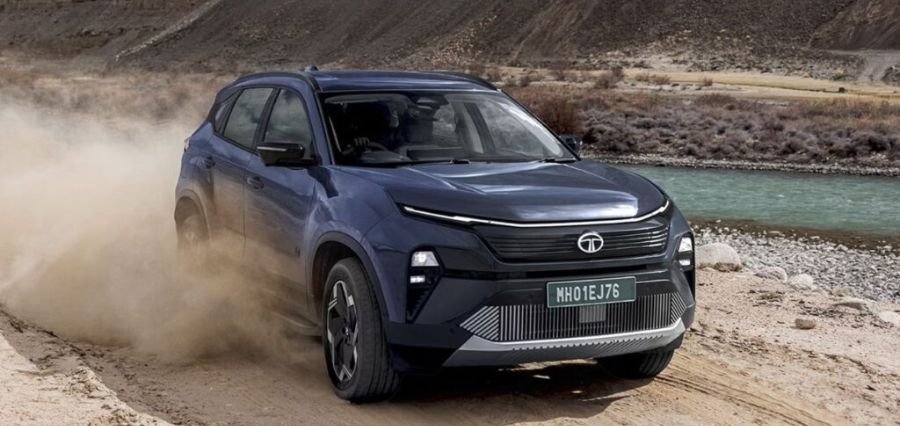The value of electric vehicles has drastically decreased due to increased competition, especially from Chinese manufacturers. Some Australian electric cars (EVs) have seen price drops of up to $20,000 “almost overnight” as a result of manufacturers competing for each and every customer. EVs are more popular than ever thanks to government programs and warnings about the impacts of climate change.
In 2023, purchases more than doubled as compared to 2022, continuing Australia’s tendency of doubling sales annually since 2020. Automobile analyst Paul Maric told Yahoo Finance that prices might not have peaked yet despite rising demand.
He remarked, “I think it could go further.”
The cost of an electric vehicle varies greatly based on the brand that you select. The Porsche Taycan Turbo S, which costs $345,800, is at the opposite end of the spectrum from the $35,990 GWM Ora Standard, which is at the other end. A few vehicles in the middle of the group, however, have experienced “unheard of” price changes.
The Polestar 2 2024 Long Range Single Motor reduced from $71,400 to $58,990, the Tesla Model Y from $72,000 to $55,000, and the Nissan Leaf from $50,990 to $39,990. According to Gizmodo, four of Polestar’s eight cars that are offered in Australia are priced between $10,000 and $15,000. This suggests that Polestar is the brand most impacted by price reductions.
Maric stated to Yahoo Finance that the price war is being driven by heightened manufacturing competitiveness. “It’s all been spurred on by Chinese brands who have started bringing in much more affordable electric vehicles to what we’re used to,” he stated. Furthermore, volume brands usually don’t actually change their prices once they’ve been established. However, it’s unheard of for businesses like Peugeot to remove roughly $20,000 from some of their electric cars, and it also illustrates the amount of margin they actually built into the vehicles.



















